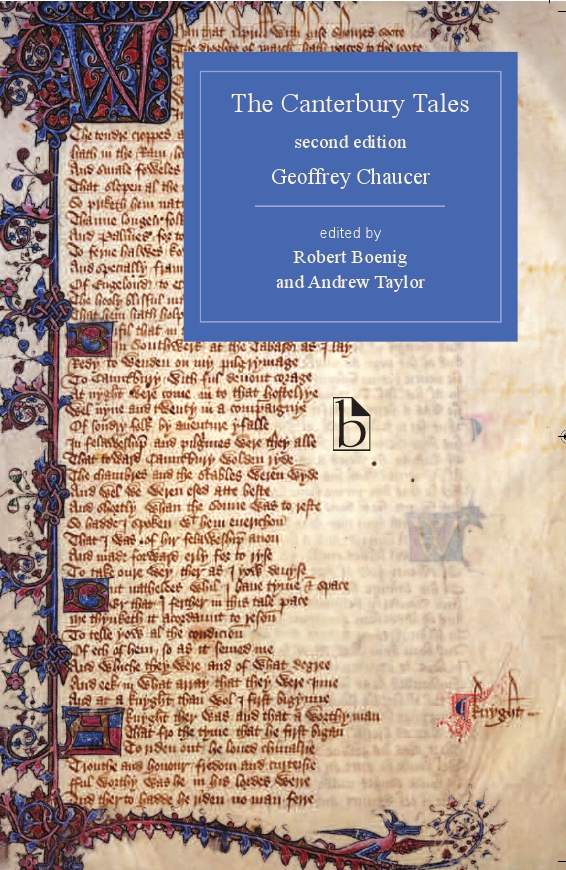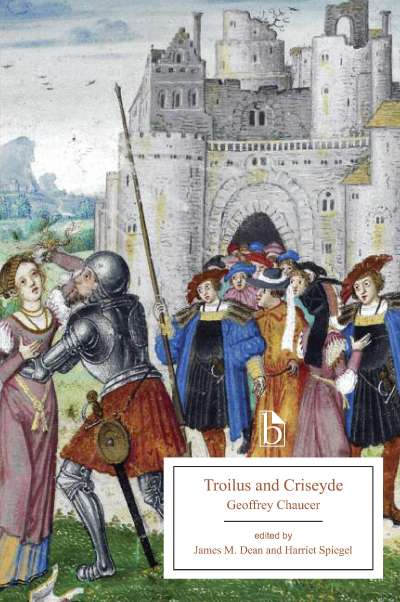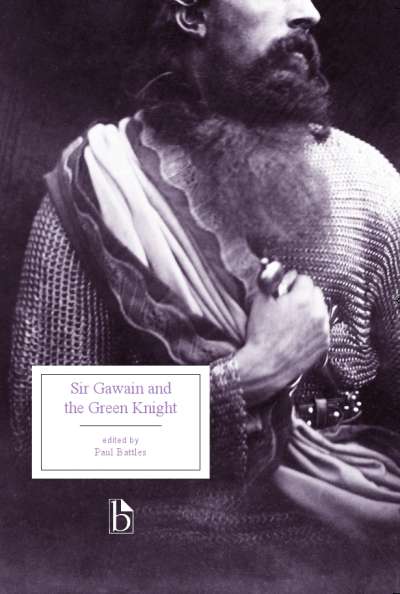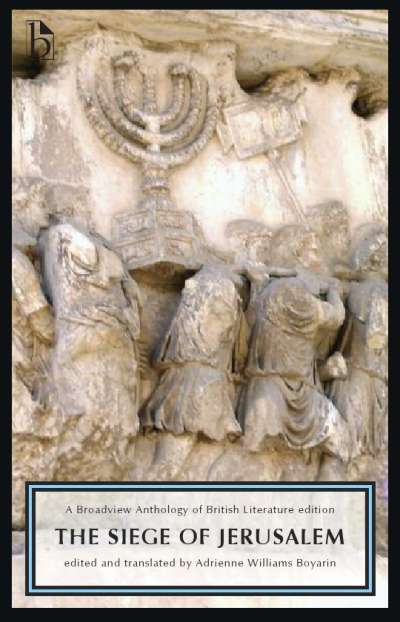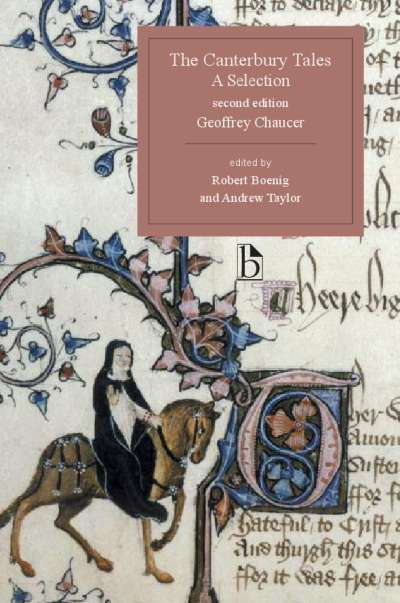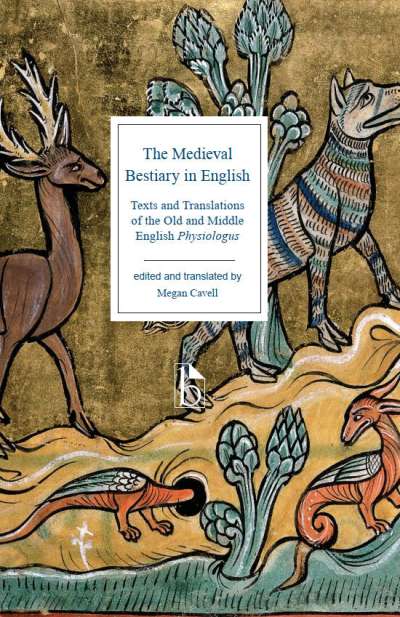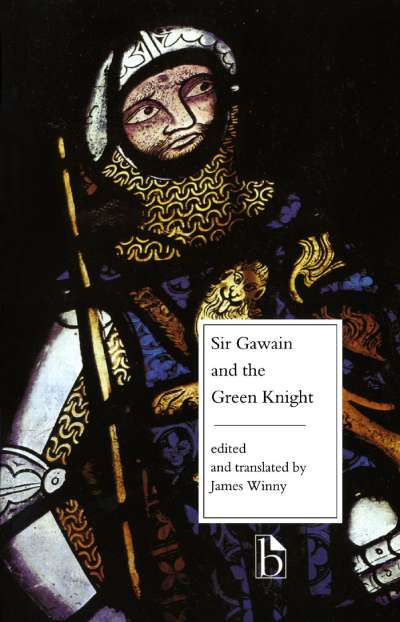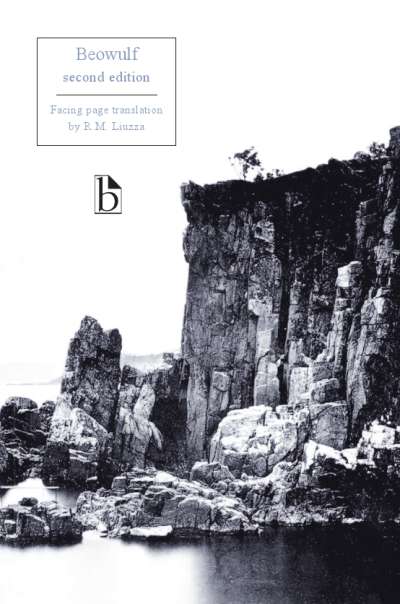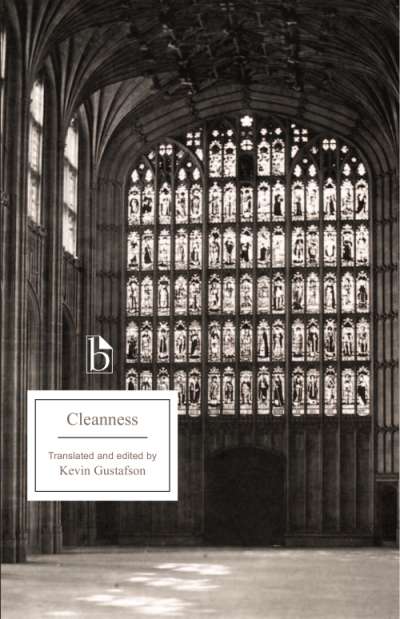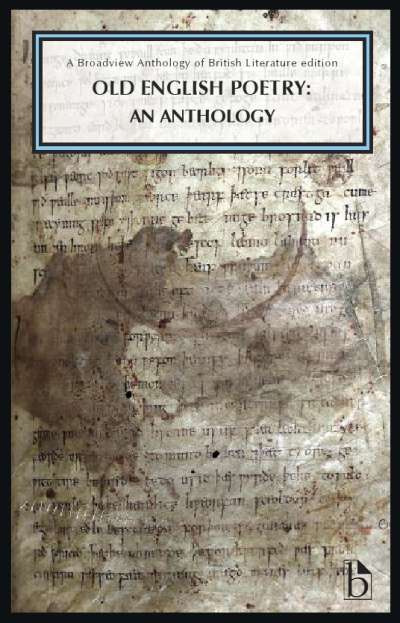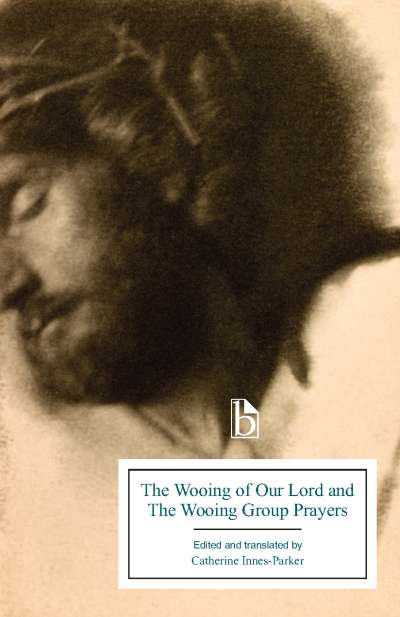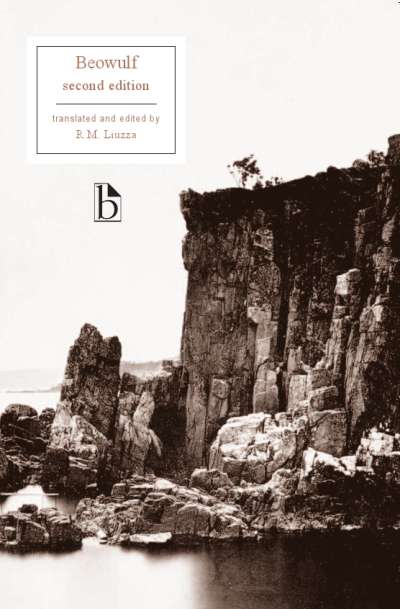
The Broadview Canterbury Tales is an edition of the complete tales in a text based on the famous Ellesmere Manuscript. Here one may read a Middle English text that is closer to what Chaucer’s scribe, Adam Pinkhurst, actually wrote than that in any other modern edition. Unlike most editions, which draw on a number of manuscripts to recapture Chaucer’s original intention, this edition preserves the text as it was found in one influential manuscript. A sampling of facsimile pages from the original manuscript is also included, along with a selection of other works that give the reader a rich sense of the cultural, political, and literary worlds in which Chaucer lived.
The second edition includes a new Middle English glossary, a timeline of Chaucer’s life and times, and detailed page headers showing the fragment and line numbers to assist readers in finding a specific section of the poem.
The Canterbury Tales, second edition and Troilus and Criseyde may be packaged together for the discounted price for US & CDN $46.95 (ISBN 978-1-4881-0243-1).
Comments
“I can already tell you that this text—unlike any other Chaucer text—makes it easy for students to read and understand Chaucer. It has certainly made my job easier!” — Mary Flowers Braswell, University of Alabama at Birmingham
“This attractive, readable edition features Chaucer’s Middle English text, marginal glosses, explanatory footnotes, and illustrative facsimile pages. Especially helpful are the appended ‘background documents,’ historical and literary, which provide key contexts for the interpretation of Chaucer’s work. A useful bibliography concludes the volume. Highly recommended.” — Ann W. Astell, University of Notre Dame
“Britain’s greatest medieval poem by its greatest non-dramatic poet: this new edition will be attractive to students, scholars, and general readers alike. Facsimiles of individual leaves from the Ellesmere Manuscript have been scattered throughout the volume to give us a real sense of what it would have been like to open The Canterbury Tales for the first time in the years immediately following Chaucer’s death.” — Larry Scanlon, Rutgers University
“With its meticulously edited text, generous glosses and notes, abundant selections from relevant medieval sources, and attractive reproductions of the sumptuous pages of the Ellesmere Manuscript, the Broadview Canterbury Tales will become the obvious choice for teachers, students, and general readers alike.” — John T. Sebastian, Loyola University New Orleans
“This is the best edition of the Tales I’ve found to date.” — John Marlin, College of Saint Elizabeth
ACKNOWLEDGEMENTS
INTRODUCTION
- Chaucer’s Life and Times
The Construction of The Canterbury Tales
Chaucer’s English
Chaucer’s Versification
The Reception of Chaucer’s Poetry
Close Reading and Interpretation
Editorial Principles
CHAUCER TIMELINE
THE CANTERBURY TALES
Fragment I
- The General Prologue
The Knight’s Tale
The Miller’s Prologue
The Miller’s Tale
The Reeve’s Prologue
The Reeve’s Tale
The Cook’s Prologue
The Cook’s Tale
Fragment II
- Introduction to the Man of Law’s Tale
The Prologue of the Man of Law’s Tale
The Man of Law’s Tale
Fragment III
- The Wife of Bath’s Prologue
The Wife of Bath’s Tale
The Friar’s Prologue
The Friar’s Tale
The Summoner’s Prologue
The Summoner’s Tale
Fragment IV
- The Clerk’s Prologue
The Clerk’s Tale
The Merchant’s Prologue
The Merchant’s Tale
Fragment V
- The Squire’s Prologue
The Squire’s Tale
The Franklin’s Prologue
The Franklin’s Tale
Fragment VI
- The Physician’s Tale
The Pardoner’s Prologue
The Pardoner’s Tale
Fragment VII
- The Shipman’s Tale
The Prioress’s Prologue
The Prioress’s Tale
The Prologue to Chaucer’s Tale of Sir Thopas
Chaucer’s Tale of Sir Thopas
The Prologue to Chaucer’s Tale of Melibee
Chaucer’s Tale of Melibee
The Monk’s Prologue
The Monk’s Tale
The Nun’s Priest’s Prologue
The Nun’s Priest’s Tale
Fragment VIII
- The Second Nun’s Prologue
The Second Nun’s Tale
The Canon’s Yeoman’s Prologue
The Canon’s Yeoman’s Tale
Fragment IX
- The Manciple’s Prologue
The Manciple’s Tale
Fragment X
- The Parson’s Prologue
The Parson’rsquo;s Tale
Chaucer’s Retraction
Appendix: Background Documents
- Saint Jerome, Against Jovinian (400)
- Boethius, The Consolation of Philosophy (524)
- William Thorpe’s Testimony on Pilgrimages (1407)
- Benedict of Canterbury, The Miracles of St. Thomas Becket (1170s)
- The Twelve Conclusions of the Lollards (1395)
- Jean de Meun, The Romance of the Rose (c. 1275)
- False Seeming
- The Old Woman
- William Langland, Piers Plowman (1360s–80s)
- The Fair Field of Folk
- The Friar
- Guillaume de Machaut, The Judgment of the King of Navarre (1351)
- Giovanni Boccaccio, The Decameron (1353)
- The Black Death
- Patient Griselda
- Jean Froissart, Chronicles (1400)
- The Black Death, Flagellants and Jews (1349)
- The Campaign of 1359
- The Peasants’ Revolt in England (1381)
- The Election of Henry IV
- The Anonimalle Chronicle (1396–99)
- A Model Indulgence (1300)
- Rudolph of Schlettstadt, The Host and Libels against the Jews (1303)
- The Remedy against the Troubles of Temptation(late fourteenth century)
- An Exemplum about Despair
- The Tale of Beryn (1410–20)
- The Pilgrims Arrive at Canterbury and Visit the Shrine
A BASIC CHAUCER GLOSSARY
BIBLIOGRAPHY
TEXTUAL SOURCE LIST
Robert Boenig is Professor of English at Texas A&M University.
Andrew Taylor is Professor of English at the University of Ottawa.


